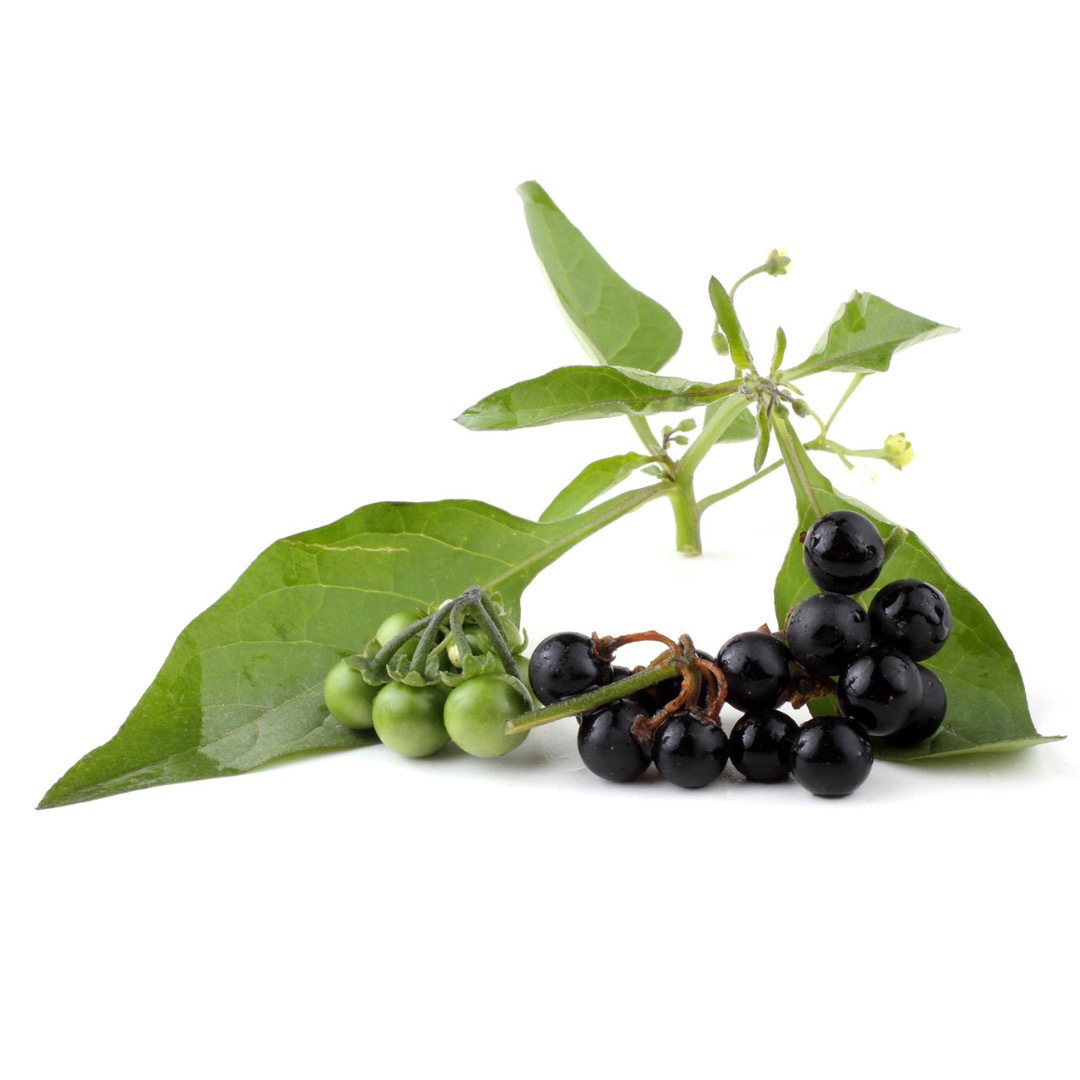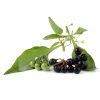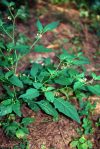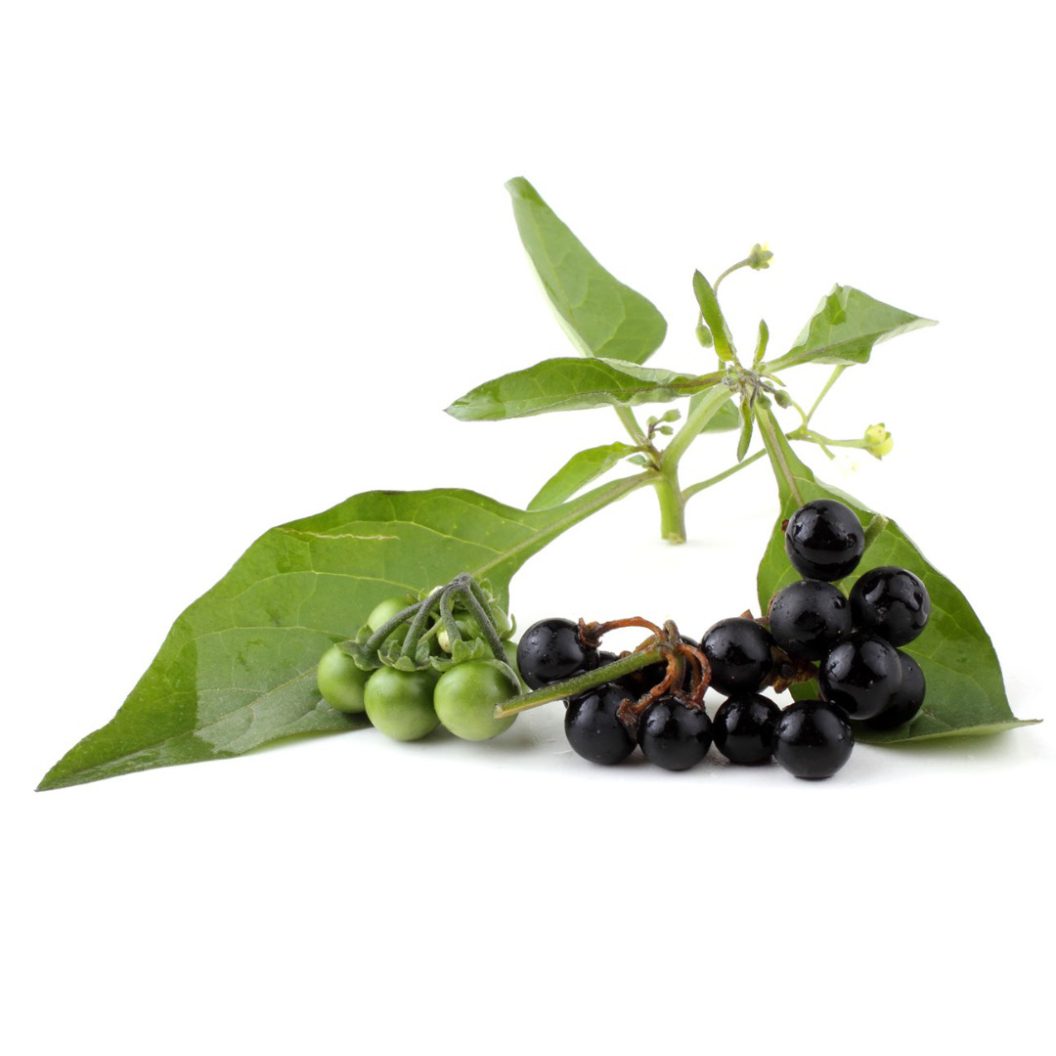




Black Nightshade
DESCRIPTION: Black Nightshade is the common name often used to describe both American nightshade and European nightshade. Solanum americanum (American nightshade) is more common than Solanum nigrum (Eruopean) in the United States. It produces small, purple or black berries that are similar in appearance to blueberries, but are not edible. The plant itself is not very large, usually only growing 2-3 feet tall, with leaves that are green and slightly hairy. Despite its name, it is not related to the poisonous nightshade plant. Some cultures believe that the plant has medicinal properties, but it is important to note that it can be toxic.
SCIENTIFIC NAME: Solanum americanum
OTHER NAMES: Apple of Sodom, Glossy Nightshade, Popolo
LEAF TYPE: Broadleaf
FLOWERS: Small, star-shaped flowers that are usually white or light purple in color. Flowers are typcially 1/2 inch in diameter and have five petals. They grow in clusters along the stem followed by berries that are black or dark purple in color.
LEAVES: Small (1-2 inches) and oval or elliptical in shape, with smooth or slightly wavy edges. Color will be dark green with slightly hairy texture. Will grow alternately along the stem.
LIFE CYCLE: Annual & Perennial
HOW TO IDENTIFY: Look for small plant with clusters of small, star-shaped white or light purple flowers followed by small black or dark purple berries. The plant will have small oval or elliptical leaves that are green in color and slightly hair.
MECHANICAL CONTROL RECOMMENDATIONS:
1. Hand pulling - More Info
2. Mowing - More Info
3. Mulching - More Info
4. Cultivation - More Info
5. Cover Crops - More Info
6. Solarization - More Info
7. Mechanical Barriers - More Info
CHEMISTRY RECOMMENDATIONS:
"Pre-emergent herbicides:
Trifluralin: This is a selective pre-emergent herbicide
Oryzalin: Oryzalin is another pre-emergent herbicide
Pendimethalin: This is another pre-emergent herbicide
Isoxaben:is another pre-emergent herbicide
Prodiamine: This is another pre-emergent herbicide
Post-emergent herbicides:
Glyphosate: Glyphosate is a post-emergent herbicide
2,4-D: 2,4-D is a selective post-emergent herbicide
Dicamba: Dicamba is another post-emergent herbicide
Carfentrazone: This herbicide is another post-emergent herbicide
Selective Herbicide Blends: Some commercial herbicide blends are designed to target a range of broadleaf weeds. These blends might include combinations of herbicides like 2,4-D, dicamba, and others to provide broader control.
Selective herbicides:
Triclopyr: Triclopyr is another selective herbicide
Metsulfuron-methyl: This herbicide is used for selective control of broadleaf weeds
Clopyralid: Clopyralid is often used to control broadleaf weeds
Fluroxypyr: Fluroxypyr is a selective herbicide effective against many broadleaf weeds
Non-Selective herbicides:
Glyphosate: Glyphosate-based herbicides are among the most common non-selective options
Glufosinate: Glufosinate-based herbicides are another non-selective option
Diquat: Diquat is a contact herbicide that causes rapid desiccation of plant tissues
Paraquat: Paraquat is a fast-acting herbicide that also causes desiccation of plant tissues
Pelargonic Acid: Pelargonic acid-based herbicides are contact herbicides derived from natural fatty acids
Recommended Prevention
Specticle FLO (18 oz) DetailsWhen weeds don't grow, your business can.When it comes to keeping turf looking ... Sonora (2.5Gal) DetailsSonora Herbicide from Alligare will control tough broadleaf weeds and select brush species ... Recommended Control
Weedmaster Selective Post-Emergent Herbicide (1 gal) DetailsWeedMaster is a post-emergent herbicide that can be used to control a wide range of ... Crossroad (1 gal) DetailsCrossroad® is a selective herbicide that can be used to control a variety of unwanted trees ... Crossroad (1 gal) DetailsCrossroad® is a selective herbicide that can be used to control a variety of unwanted trees ... 




